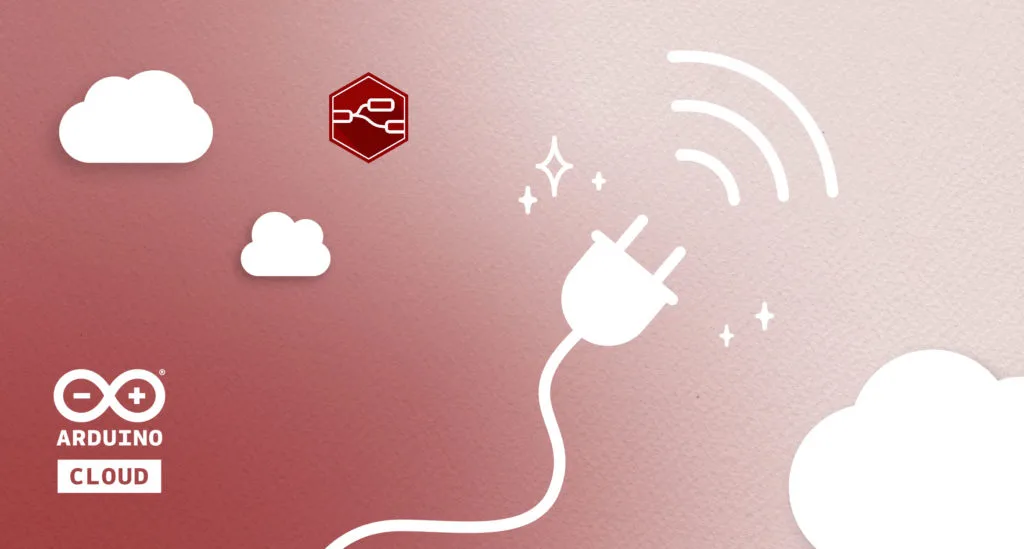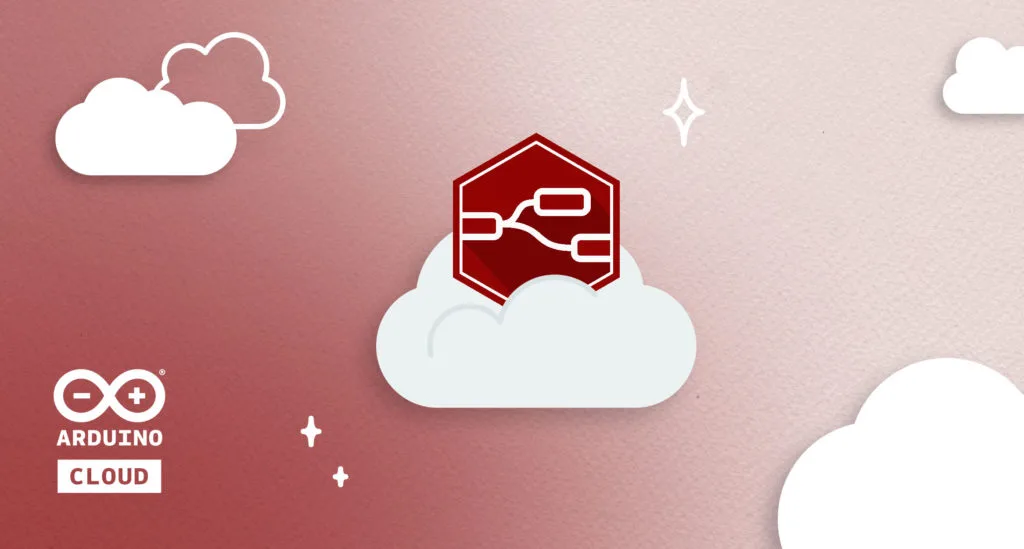Schlagwort: Node-Red
-

The best maker software by experience level
Reading Time: 6 minutesToday’s makers have access to the most advanced materials, resources, and support in history, and it’s improving all the time. The downside is that finding the right software can sometimes feel confusing and overwhelming. There are seemingly endless options, all with different attributes and advantages. In this article, we’re here to help…
-

Controlling home appliances with Arduino Cloud and TP-Link smart plugs
Reading Time: 4 minutesIn today’s modern world, smart technology is revolutionizing the way we interact with our surroundings. From managing our home’s energy consumption to controlling appliances remotely — such as washing machines, fans, coffee makers, and even air conditioners. Smart devices offer us a level of convenience and control that was once unimaginable. However,…
-

Save money with a Tuya/SmartLife energy meter monitored on Arduino Cloud via Node-RED
Reading Time: 4 minutesIn a world where energy bills are climbing and the environment is on our minds, keeping tabs on how we use energy at home has become a smart move. Every gadget we plug in impacts our wallets and the planet. That’s where home energy monitoring comes in – giving us real-time info…
-

14 awesome Arduino Cloud features you never knew existed
Reading Time: 7 minutesThere are dozens, if not hundreds of amazing Arduino Cloud features. So it’s perfectly understandable if you’ve missed some of them. So we’ve put together a list of our favorite Arduino Cloud features that you might not know existed. 1) Auto-Generate Sketches We’ve talked elsewhere about getting an understanding of what cloud…



